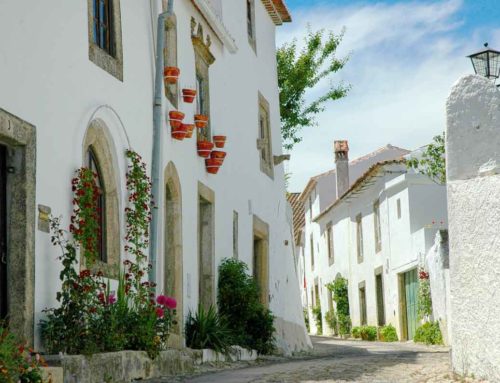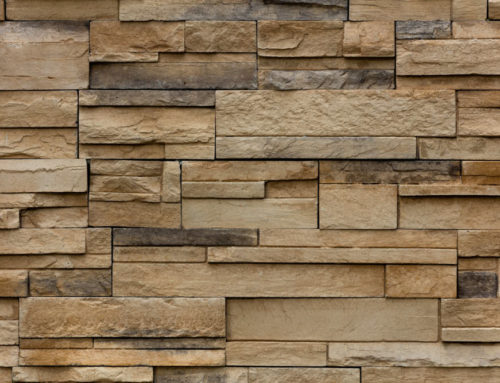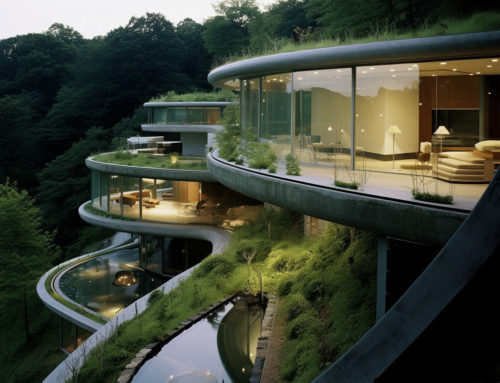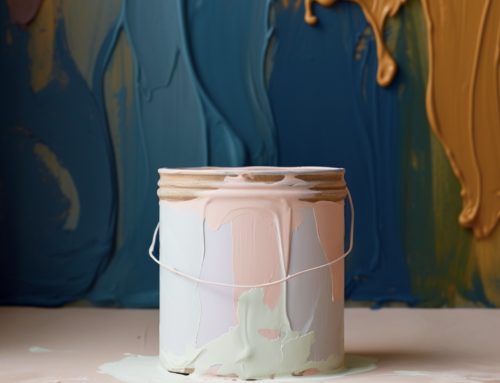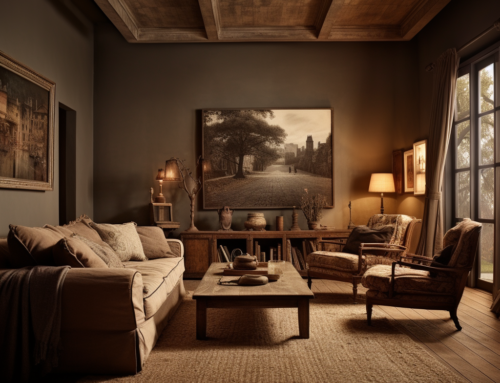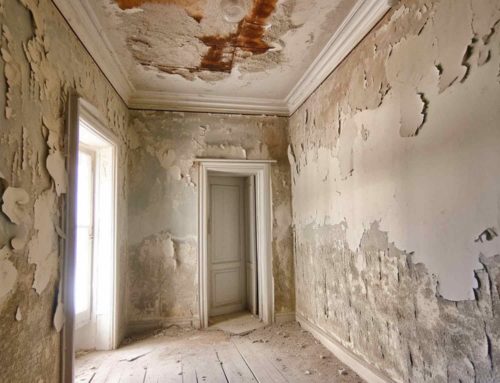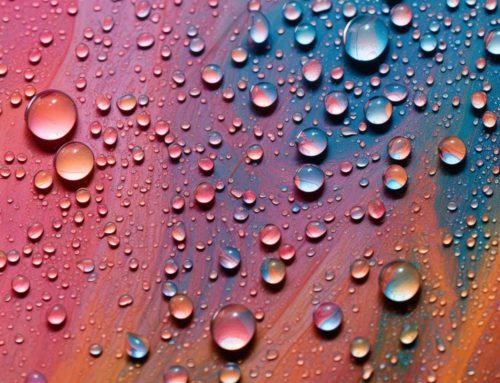Jump to:
A Comprehensive Guide to Enhancing and Protecting Wooden Surfaces
Wood finishes play a vital role in enhancing the beauty of wooden surfaces and providing protection against environmental factors, wear, and damage. With numerous finishing options available, understanding their unique properties and applications can help you make an informed decision for your woodworking project. This guide covers a wide range of wood finishes, from oil and wax to shellac, varnish, lacquer, and more, as well as techniques like staining, glazing, distressing, and using eco-friendly alternatives. Additionally, we delve into the different types of wood oil finishes, including linseed, tung, Danish, teak, mineral, and walnut oils, to give you a comprehensive overview of their characteristics and uses. With this knowledge, you can confidently select the right finish for your woodworking project, ensuring an attractive and durable result that showcases the natural beauty of the wood.
Here we mention all kinds of wood finishes, from traditional to modern, rather than what is ‘natural’ or not.
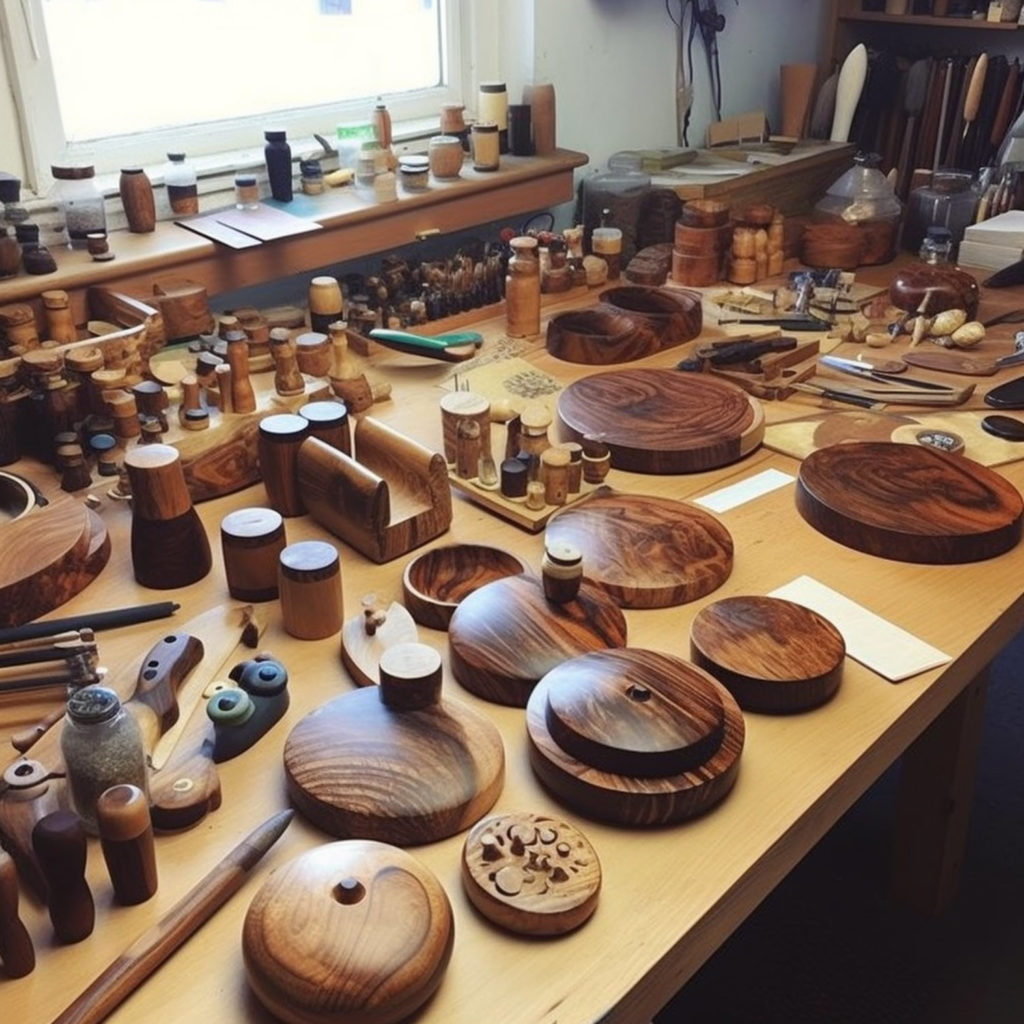
Oil finishes
Oil finishes, such as tung oil, linseed oil, or Danish oil, are made from natural plant-based or mineral oils. These finishes penetrate the wood fibres, providing protection while enhancing the natural grain and colour of the wood. Oil finishes are easy to apply and provide a warm, natural, and matte to satin appearance. However, they may require regular maintenance and reapplication to maintain their protective qualities.
Linseed oil
Linseed oil is a natural oil extracted from flax seeds. There are two types of linseed oil: raw and boiled. Raw linseed oil is slow-drying and not recommended for wood finishing, while boiled linseed oil has added drying agents to speed up the curing process. Linseed oil penetrates the wood fibres, providing a warm, amber tone and enhancing the wood grain. It offers moderate water resistance but requires regular maintenance and reapplication.
Tung oil
Tung oil, also known as China wood oil, is derived from the seeds of the tung tree. It is a natural, non-toxic oil that penetrates the wood surface, providing a durable, water-resistant finish. Tung oil cures to a matte or satin finish, enhancing the natural beauty of the wood. It is often used for furniture, countertops, and cutting boards.
Danish oil
Danish oil is a blend of oil (usually linseed or tung oil), varnish, and a solvent or thinner. It combines the penetrating properties of oil finishes with the protective qualities of varnishes, providing a durable, water-resistant finish with a satin or semi-gloss sheen. Danish oil is suitable for various applications, including furniture, cabinetry, and woodturning projects.
Teak oil
Teak oil is a blend of oils, varnishes, and solvents formulated for dense hardwoods like teak, mahogany, and rosewood. Despite its name, teak oil does not necessarily contain oil from the teak tree. It penetrates the wood surface, providing a durable, water-resistant finish with a satin or semi-gloss sheen. Teak oil is often used for outdoor furniture and boat decks.
Mineral oil
Mineral oil is a non-drying, petroleum-based oil that is often used for food-contact surfaces, such as cutting boards and wooden utensils. It is non-toxic and provides a protective barrier that prevents water absorption and helps keep the wood from drying out. However, mineral oil requires regular reapplication, as it does not harden or cure like other oil finishes.
Walnut oil
Walnut oil is a natural, non-toxic oil extracted from walnuts. It penetrates the wood surface and provides a warm, rich finish. Walnut oil is food-safe and is often used for cutting boards, wooden utensils, and salad bowls. It dries slowly and may require regular maintenance and reapplication.
These are some of the most common wood oil finishes, each with its unique characteristics and uses. The choice of oil finish will depend on factors such as the type of wood, the desired appearance, and the intended use of the item.
French polish
French polish is a traditional finishing technique that uses shellac and alcohol to create a high-gloss finish on wood. The process involves applying multiple thin layers of shellac using a rubbing pad, which builds up a lustrous, glass-like finish. This technique requires patience and skill, but it can produce stunning results on fine furniture and musical instruments. However, French polished finishes are not as durable as some other finishes and can be sensitive to heat, moisture, and chemicals. Shellac is a natural resin secreted by the lac bug and dissolved in alcohol. It has been used as a wood finish for centuries. Shellac dries quickly, is easy to apply, and offers a warm, glossy appearance. It’s commonly used for antique furniture restoration and smaller wood items.
Wax finish
Wax finishes, such as beeswax or carnauba wax, are natural products that can be applied to wood to provide a soft, protective layer. Wax finishes are easy to apply and offer a low sheen, enhancing the natural beauty of the wood grain. However, they are not as durable as other finishes and may require regular maintenance and reapplication. Wax finishes are often used on furniture and smaller wood items.
Stains
Stains are colouring agents that can be applied to wood to alter its natural colour or enhance the grain pattern. They are available in a wide range of colours and can be either water-based wood stains or solvent-based. Stains penetrate the wood surface but do not provide a protective finish on their own; they are typically followed by a topcoat of varnish, lacquer, or another protective finish.
Varnish
Varnish is a transparent, protective finish made from a mixture of drying oil, resin, and a solvent or thinner. Varnishes provide a durable finish that can range from matte to high gloss, depending on the formulation. They offer good resistance to moisture, heat, and chemicals, making them suitable for both indoor and outdoor applications. Some varnishes also contain UV inhibitors, providing additional protection against sun damage.
Lacquer
Lacquer is a finish made from dissolved tree resin or synthetic resin, such as nitrocellulose, acrylic, or polyurethane, and a solvent. It dries quickly, forming a hard, durable film on the wood surface. Lacquer can be applied using a spray gun, resulting in a smooth, even finish that ranges from matte to high gloss. It offers good resistance to moisture, heat, and chemicals, making it suitable for furniture, cabinetry, and other wood items that receive heavy use.
Oil and wax finish
This type of finish combines the penetrating properties of oil finishes and the soft sheen of wax finishes. It can be a premixed product or a combination of separate oil and wax applications. Oil and wax finishes provide a natural, low-lustre appearance and are suitable for furniture and wooden surfaces with low to moderate wear.
Gel stain
Gel stains are thicker than traditional liquid stains, making them easier to control during application. They are less likely to run or drip and can be used on vertical surfaces. Gel stains are suitable for evening out the colour on woods with varying densities or for creating a more uniform appearance.
Epoxy finish
Epoxy finishes consist of a two-part system (resin and hardener) that, when mixed, creates a highly durable, glossy surface. Epoxy finishes are often used on tabletops, bar tops, or other surfaces that require a high level of protection from moisture, heat, and chemicals.
Wood dye
Wood dyes are colouring agents that penetrate the wood surface, offering more vibrant and consistent coloration than traditional stains. Dyes are available in a range of colours and can be water-based, alcohol-based, or oil-based. Wood dyes are often used for fine woodworking projects or to achieve unique colour effects.
Milk paint
Milk paint is a traditional, eco-friendly paint made from milk protein (casein), lime, and natural pigments. It provides a matte finish with a unique, chalky texture and can be applied to both raw and finished wood surfaces. Milk paint is often used for rustic or distressed furniture and cabinetry.
Chalk paint
Chalk paint is a water-based paint with a high amount of fine powder, such as calcium carbonate, which creates a matte, chalky finish. Chalk paint adheres well to most surfaces without the need for priming or sanding and is often used for furniture makeovers, particularly when a distressed or vintage look is desired.
Distressing
Distressing is a technique used to give wood a weathered, aged appearance. This can be achieved by using various tools and methods, such as sanding, beating, or applying layers of different coloured paints and then partially removing them to create an aged look.
Ceruse finish
Ceruse, also known as limed wood or pickling, is a finish that emphasises the wood grain by filling it with a contrasting colour, typically white or light grey. This technique involves applying a coloured wax or paint to the wood, then wiping away the excess, leaving the colour in the wood grain.
Burnt wood finish (Shou Sugi Ban)
Shou Sugi Ban is a Japanese wood-burning technique that creates a unique, charred wood surface. The wood is burned with a propane torch, then brushed to remove excess char, and sealed with a protective finish. This technique not only darkens the wood but also provides a level of fire, rot, and insect resistance.
Reclaimed wood finish
This finish aims to replicate the appearance of naturally weathered, aged wood. Techniques to achieve a reclaimed wood finish may include distressing, sanding, applying layers of paint or stain, or using chemical treatments to create a rustic, timeworn look.
Glaze
Wood Glazes are similar to stains but are thicker, more viscous, and more transparent. They are used to add depth and richness to the wood surface by accentuating the natural grain pattern or creating a faux finish. Glazes can be applied over a base coat of paint or stain and are usually sealed with a topcoat for added protection.
Water-based finishes
Water-based finishes, such as water-based polyurethane or acrylic, are more environmentally friendly alternatives to solvent-based finishes. They typically have lower VOC (volatile organic compound) content, produce fewer odours, and are easier to clean up. These finishes dry quickly and provide a clear, durable finish that can range from matte to high gloss. They are suitable for various applications, including furniture, cabinetry, and flooring.
Conclusion
In conclusion, this comprehensive guide has explored a wide variety of traditional and modern wood finishes, each with its unique properties and applications. However, it’s essential to consider the environmental impact and safety of these finishes. When choosing a wood finish, factors such as VOC levels, the presence of harmful chemicals, and the sustainability of the finish’s ingredients should be taken into account.
Eco-friendly alternatives, such as natural oils, water-based finishes, and milk or chalk paints, offer a more environmentally conscious choice without compromising the appearance or protection of your wooden surfaces. By selecting finishes that align with your environmental and health concerns, you can ensure a beautiful, long-lasting, and responsible outcome for your woodworking projects.
See Also: Oil vs Varnish for wood floors

Hi! I’m Chris, the founder of The Organic & Natural Paint Co, and I’m focused on the education and promotion of natural non toxic alternatives to chemical laden everyday products that we just take for granted. We have a choice, and I want to raise awareness of alternative products that don’t actually harm us!
This company is my way of pushing the awareness of better indoor air quality, something that I am personally passionate about due to my own children’s breathing medical conditions. I just couldn’t paint with big brand standard petrochemical paint any longer and wanted another solution.
Read more: About me
Twitter: NaturalPaintCo
Instagram: cleanairclubofficial


